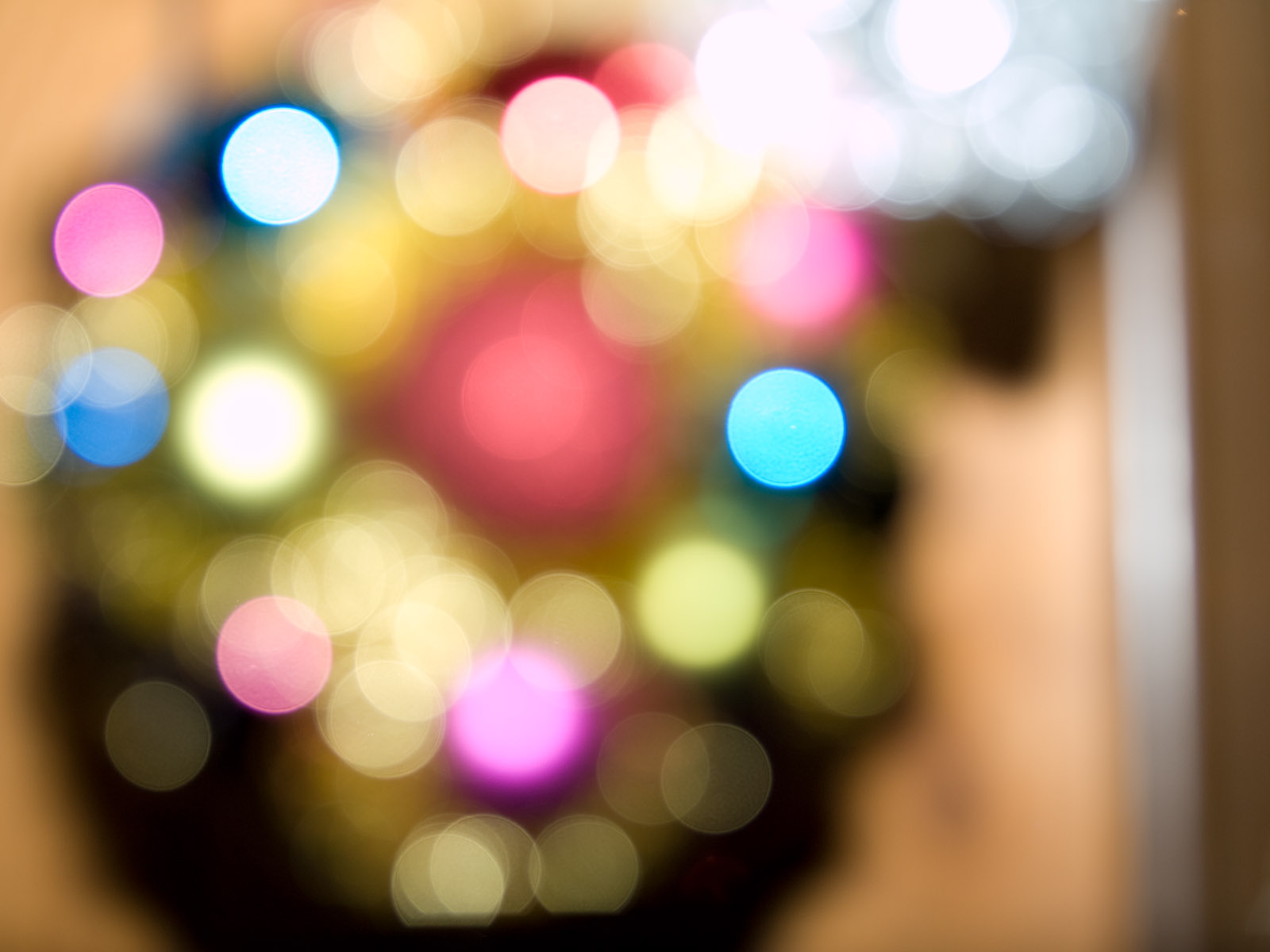

The first picture was the closer she gets while maintaining a sharp picture around the eyes wide open. A9, af-c, small flexible spot (neither real time tracking activated or animal AF). Of course, she didn't move very fast but all cat owners know the tendancy of this little fur balls to get immediately very, very close every time you point a camera at them (you know, whith this look in the eyes which means : "if I was 80 pounds heavier I would eat you"). I could try the af-c of the Sigma 35 on a moving subject yesterday, on a guest in my garden which likes to visit us sometimes. The 20 1.8 in APS-C mode seems indeed a bit smoother in the bokeh, and has less Loca.
Sigma 35mm f/2 DG DN Contemporary Review. If you’re tired of that ‘obligatory photo in front of the Eiffel Tower’, try viewing the city or landmark from an out-of-focus perspective. Popular landmarks or tourist attractions have been photographed 348297 times from every conceivable angle and time of day. Use it like you would any other stock texture photo. You can spray water or other liquids onto the glass and focus on texture to create a unique effect against the out of focus headlights or streetlights for example.Īside from incorporating textures into your photos, you can also use your bokeh photos as an overlay to some of your photos. The easiest way to do this is to focus on the windshield or window of your car. Incorporate different textures into your bokeh photos. An example of good bokeh.įlash: Off, Did not fire An example of bad bokeh. If you want good quality bokeh, portrait and telephoto lenses generally yield more pleasant-looking bokeh than cheaper zoom lenses. Smooth and creamy bokeh with no harsh edges is generally referred to as “good bokeh.” On the other hand, bokeh with defined edges or backgrounds that aren’t blurry enough are considered “bad bokeh.”īokeh is rendered by the lens, not the camera. Camera: Canon EOS Digital Rebel XTiįlash: Off, Did not fire Good and Bad Bokeh You’ll also need to increase the distance between your subject and the light source/s, or have a wide aperture and decrease the distance between your subject and the camera. To produce glowing balls in the background, you need pinpoint light sources such as streetlights, headlights, flashlights, candlelight or any object with a highlighted point. Or when the couple is in focus and the wedding party is blurred in the background. I see this technique being used often in wedding photography, when the bride is closer to the camera and the blurry shape groom is in the background. If there are out of focus lights in the background, what are they in relation to the foreground? Do they represent another element or are they just random distractions? Make it so that every element in the photo has a role in the overall appeal of the image. Instead of making the background as nondescript as possible to keep the attention on the subject in the foreground (or vice versa), find a way to connect the two. Here are some tips for better bokeh photography: #35mm textured bokeh lens manual
Technically, to make the lights appear out of focus, you just have to switch to manual focusing and twist the focusing ring to the right or left until you have achieved the desired effect, but beautiful bokeh photos are more than just random blurs and orbs.

Nowadays bokeh refers to out of focus lights and shapes within a picture, rather than the “aesthetic quality of the blur in out-of-focus areas of an image.”Ĭreating better bokeh photography is not so much skill but creativity. The term “bokeh” seems to have evolved from its original definition.






 0 kommentar(er)
0 kommentar(er)
